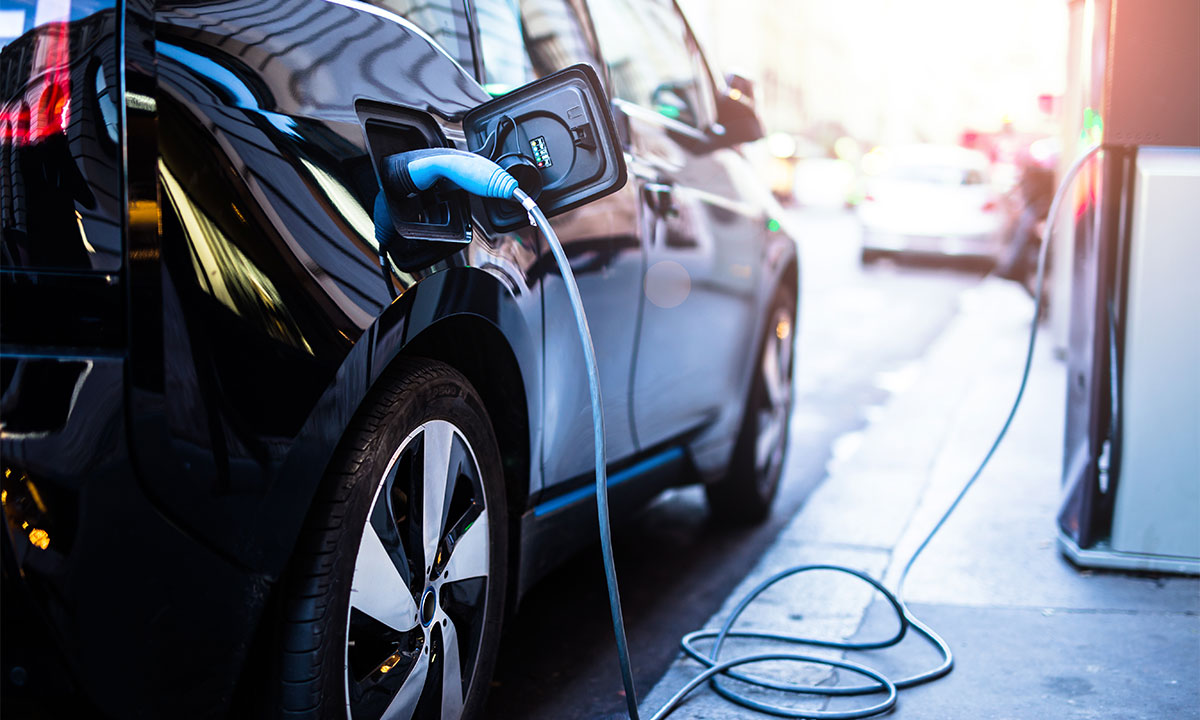Battery chemistries will replace engine specs in your new vocabulary
By 2035, if today’s plans and edicts are all realized, 100 per cent of the new cars and light trucks on sale to the public will be battery electric vehicles (BEVs). Not just here in North America, but throughout most of the developed world.
The batteries used in those vehicles, however, will likely be very different from the ones that power today’s BEVs.
Why? Because the lithium-ion batteries that are now the basis for most BEV powertrains are far from ideally suited to their purpose. They’re just the best available alternatives right now.
Compared to traditional vehicles with internal combustion engines (ICEs), they take too long to charge, they don’t provide enough driving range, and both those deficiencies are amplified in cold weather—all functions of their battery characteristics.
In addition, they are very heavy, adding as much as 450 kg (1,000 lb) to a typical vehicle’s mass, further compounding those problems.
They are also very expensive, often adding $10,000 or more, sometimes much more, to the price of a comparable ICE model.
Given those realities, if BEVs are going to achieve the public acceptance needed to realize the lofty sales goals being mandated for 2030 and 2035, battery performance must be improved dramatically.
Automakers are well aware of those challenges and are investing huge sums in battery production plants, raw material supply agreements, and battery R&D.
Some variations in the batteries’ physical structure have already been realized as various BEVs use lithium-ion cells in cylindrical, pouch or prismatic form.
Perhaps even more important, automakers, and ultimately your customers, now have a choice of two different lithium-ion chemistries—NMC and LFP—at least in some vehicles. And that chemical bifurcation is certain to accelerate.
What do those acronyms mean? They identify the chemical materials in a battery’s cathode (positive electrode).
NMC stands for nickel-manganese-cobalt, which has been the dominant type of lithium-ion battery used up to now.
LFP stands for lithium-iron-phosphate, a chemical variation from the predominant form that is now being offered in several BEVs, with many more set to adopt.
The chemical compounds of those cathodes and their differences have a major impact on both the batteries’ performance and their costs. LFP batteries offer several distinct advantages relative to their NMC counterparts, according to market intelligence form, Guidehouse Insights.
For one thing, iron is much more readily available than either nickel or cobalt and its sources of supply are less geopolitically sensitive than those of the latter, which results in both more stable supply lines and significant cost savings—as much as 30-to-40 per cent.
LFP batteries themselves are also more thermally stable, with a thermal runaway temperature of 270°C ( 518°F), compared to 210°C (410°F) for NMC variants. That differential makes a big difference with respect to heat management requirements for the battery.
They can also withstand greater depths of discharge (80-90 per cent of total capacity), higher charge and discharge rates, and thousands of charge and discharge cycles—significantly more than most NMC chemistries—with minimal degradation. Chinese battery maker CATL claims its LFP cells can last 1.6-million km (1.0-million miles).
Plus, the materials in LFP batteries are less toxic than those in NMC batteries, making them easier to recycle at the end of their life.
So, with all those advantages—lower cost, more-readily-available materials, lower potential for thermal runaway, less degradation at higher charge/discharge rates, longer life, and easier recycling—the choice of LFP over NMC batteries should be a slam-dunk, right?
Not quite. For LFP batteries have two big negatives that work against them.
Their energy density is about 30 per cent less than that of NMCs, which means their energy output is 30 per cent less for a battery of an equal mass. And that translates to reduced range for a given weight.
In addition, LFPs reportedly take longer to charge at temperatures below freezing. Vehicle engineers are attempting to address that issue via the battery’s thermal management system, but it’s not a good omen for use in most of Canada.
Some automakers, including Ford and Tesla, are already offering both alternatives and others, including General Motors, are expected to do the same.
Typically they use LFP in their lower-priced models to keep costs down and NMC in their more upscale versions.
If the brand you sell offers that choice, which battery type should you recommend to your customers? If driving range is their most important consideration, NMC is best. But if they are able to recharge frequently and range is not the dominant factor, NFP is probably the better choice.












